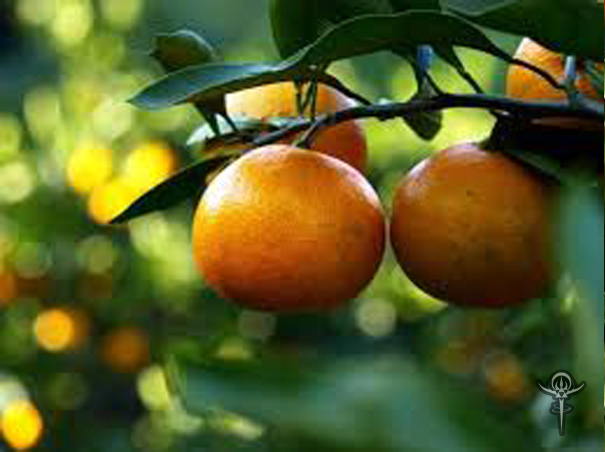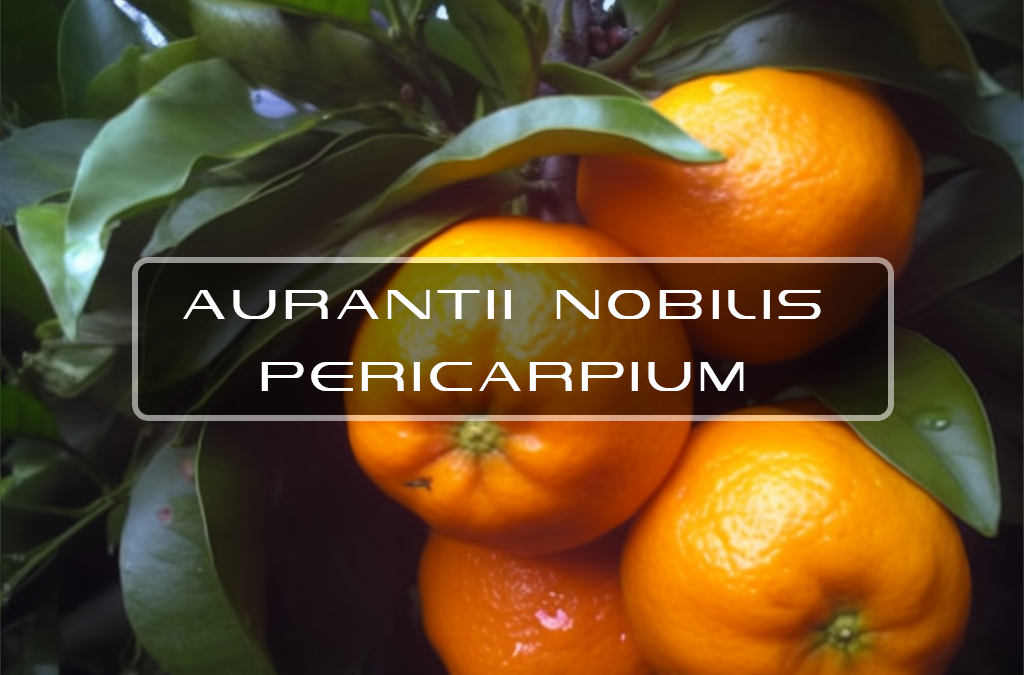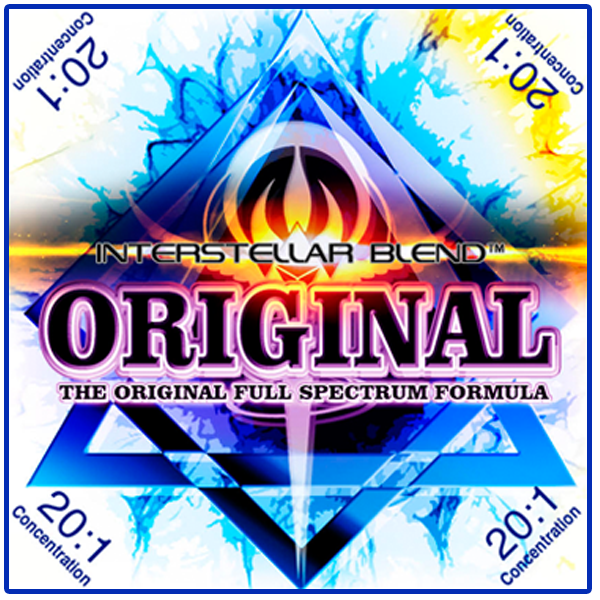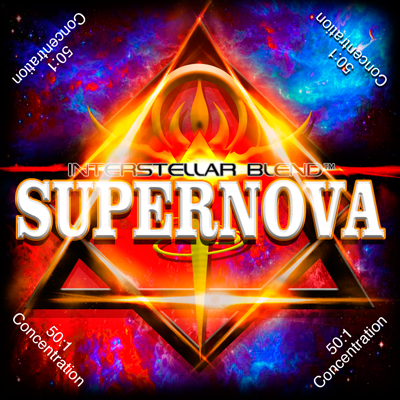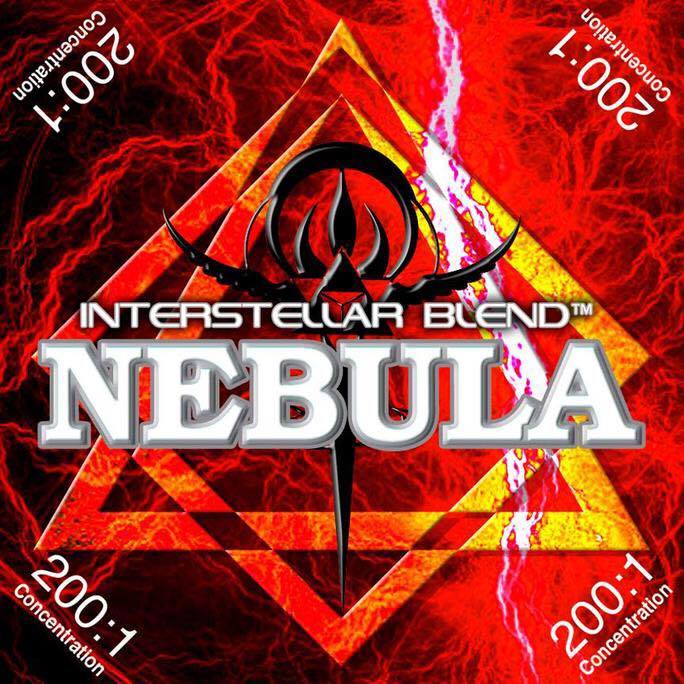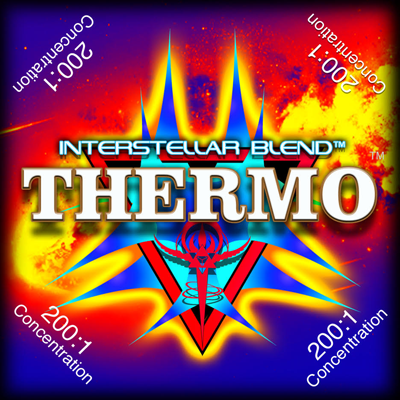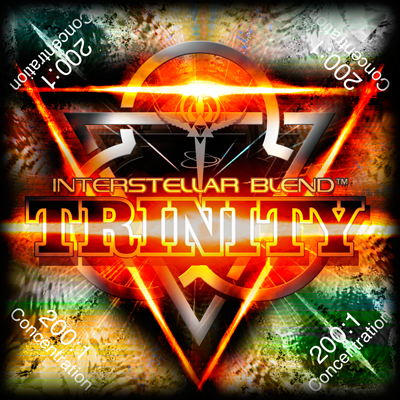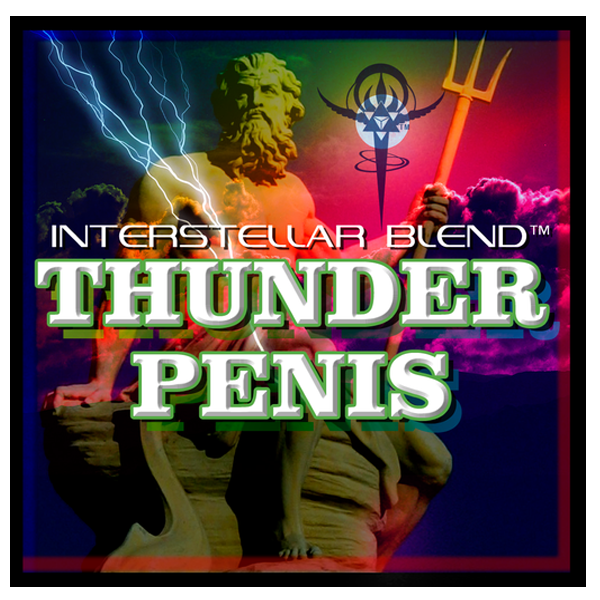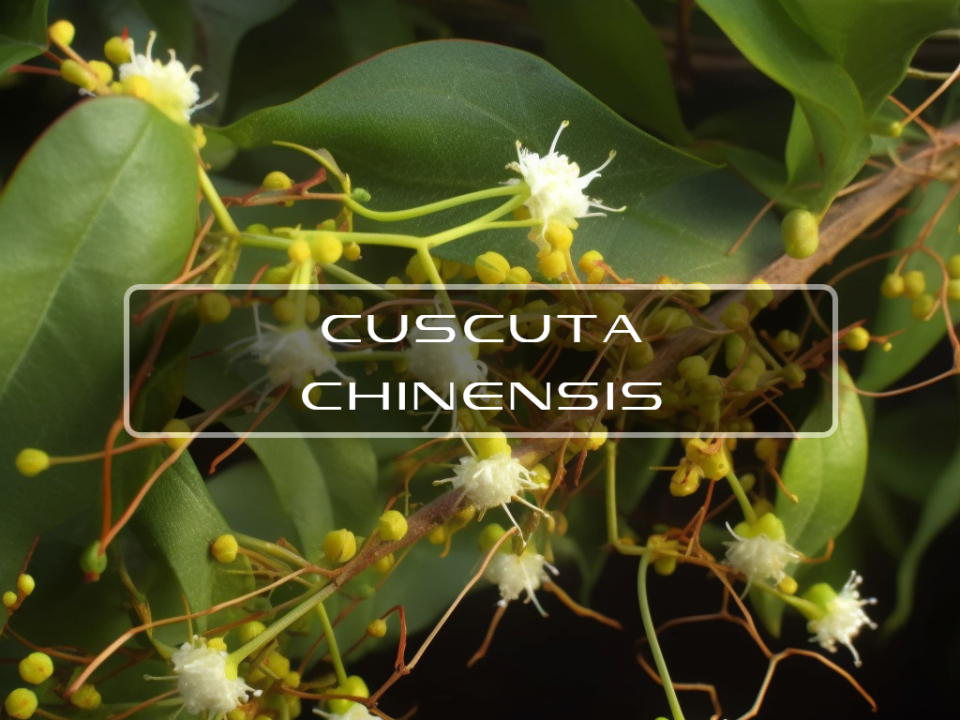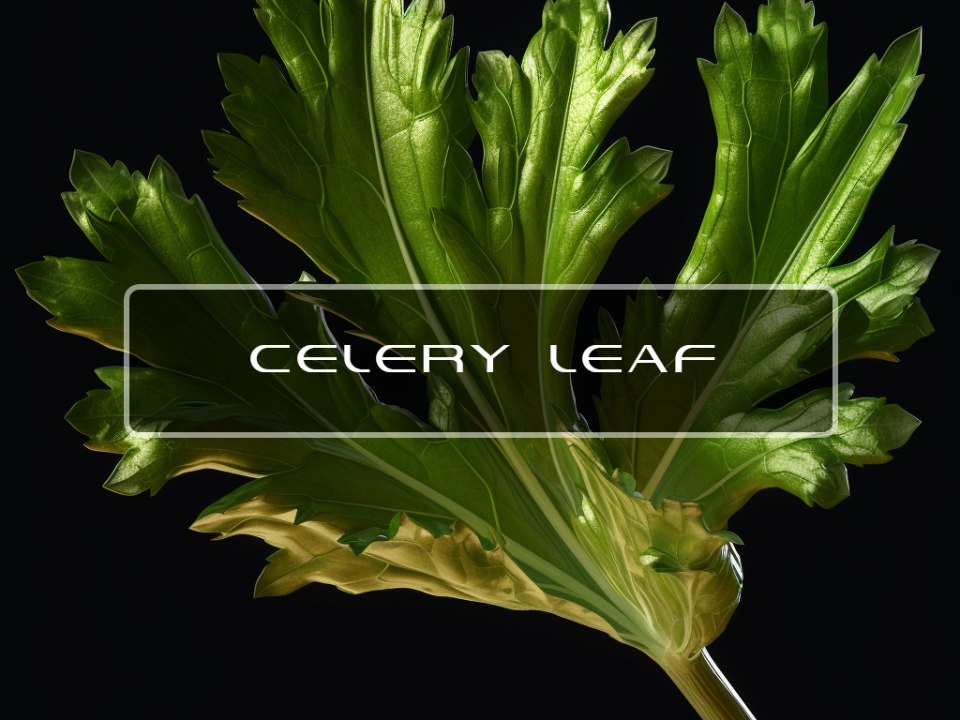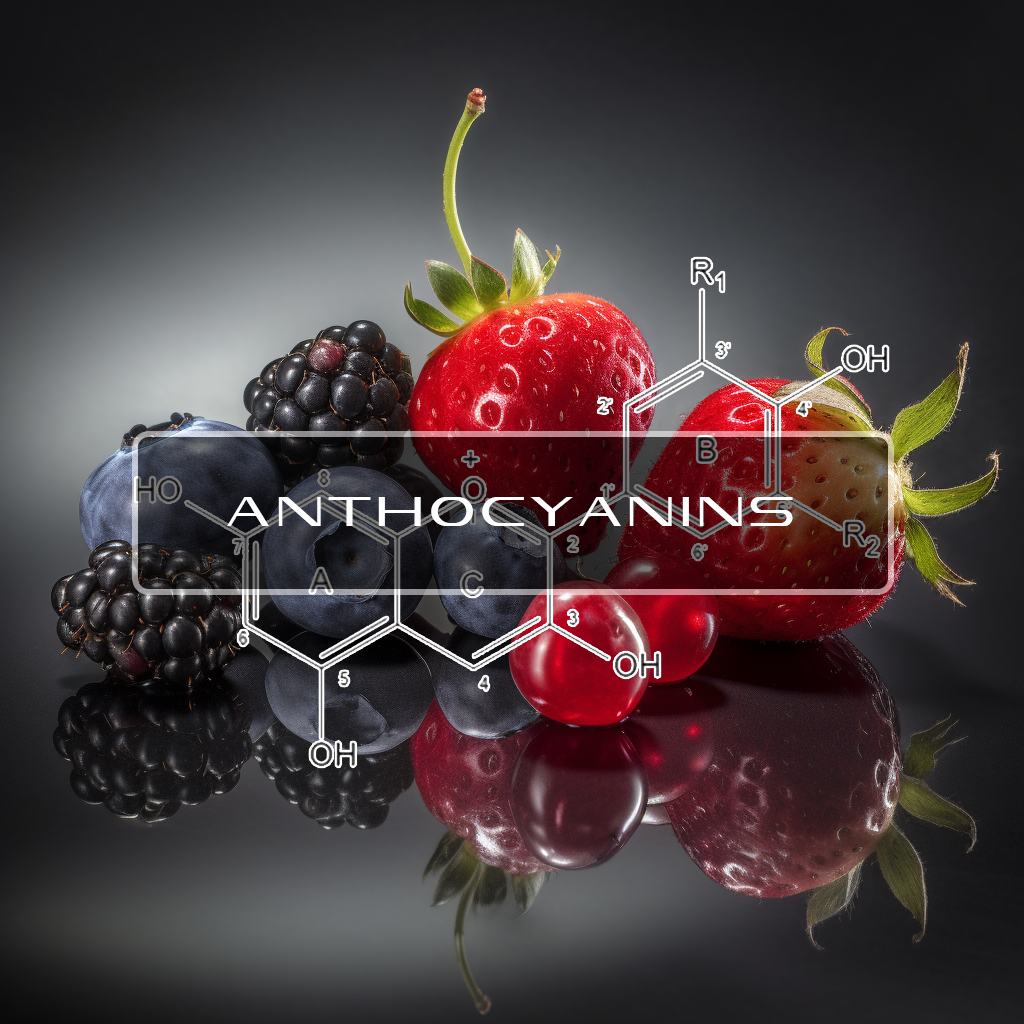
Anthocyanins
February 15, 2019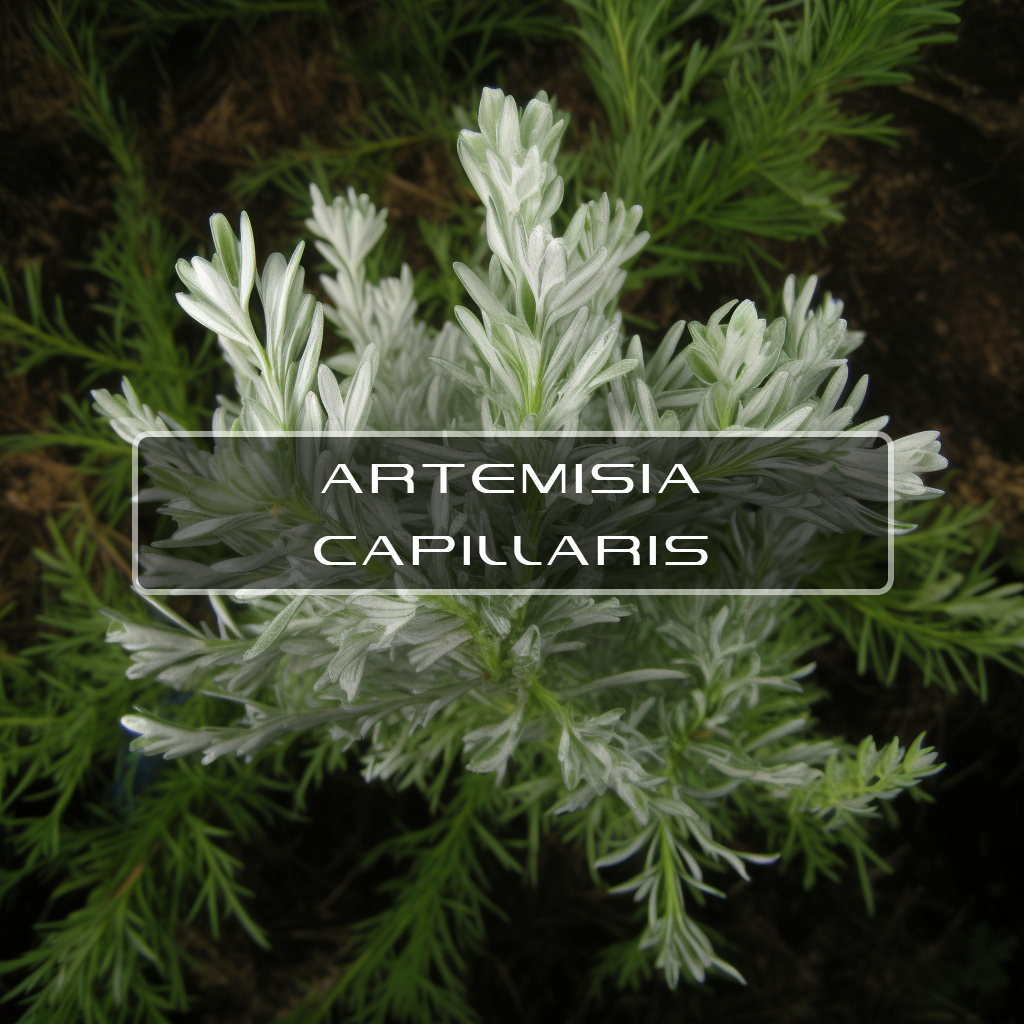
Artemisia Capillaris
February 15, 2019Aurantii Nobilis Pericarpium
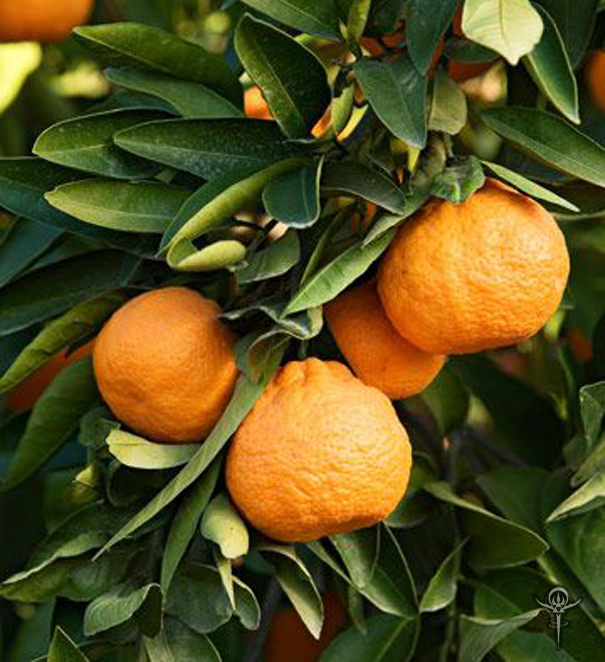
A common english name for this fruit is also known as the Satsuma.
This fruit is known to be one of the sweetest tasting citrus variety and has a tender texture. This species of citrus is said to be a different species than the mandarin all together. While the fruit only became common within the United States in the late 19th century. It was during the Meiji period of 1878 when the citrus Unshiu was first brought to the United States.
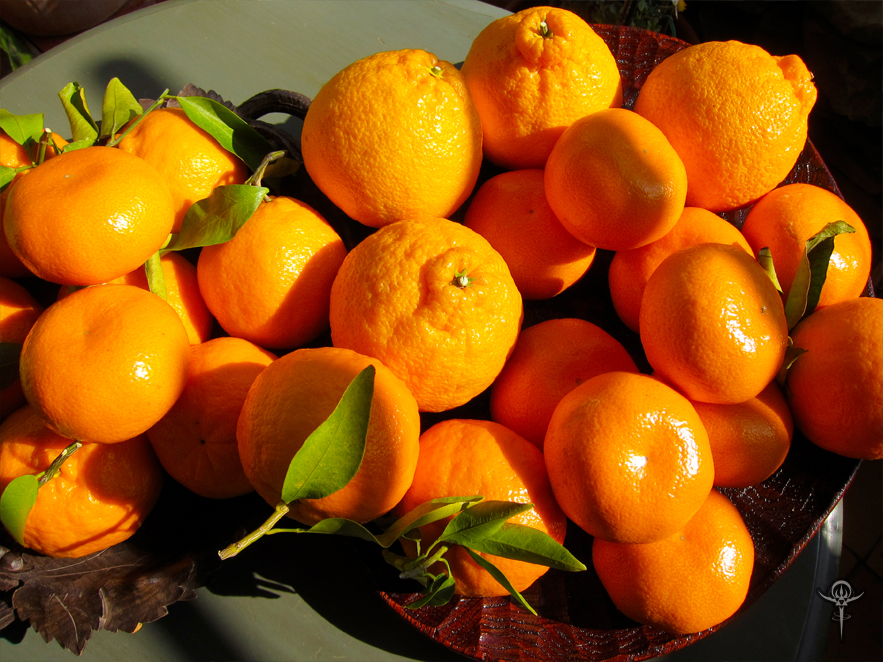
Benefits of Aurantii Nobilis Pericarpium
These results show that CUIP and nobiletin can protect against hydrogen peroxide-induced cell death in HT22 neurons via mitogen-activated protein kinases and apoptotic pathways.
Anti-Tumor -Citrus unshiu (Satsuma mandarin, SM) is a citrus fruit the peel of which has been used as a traditional Chinese medicine to treat common cold, relieve exhaustion, and cancer. In this study, we examined how effectively the content and peel extracts of SM can suppress cancer growth.
The content and peel extracts of SM inhibited the growth of tumor cells in tumor-bearing mice. Especially, average tumor volume of two groups treated with 3 and 30 mg peel extracts per mouse weight (kg) were significantly decreased.
These results indicate that SM content and peel extracts have anti-tumor properties in the tumor-bearing murine model. The mechanism underlying the anti-tumor effects of SM extracts is strongly suggested to be via boosting cytokines such as IFN-γ and TNF-α, enhancing immune-mediated anti-tumor properties.
Anti-Cancer - Citrus unshiu contains nobiletin, a chemical shown to create cell cycle arrest in cancer cells. Tangeretin and nobiletin are citrus flavonoids that are among the most effective at inhibiting cancer cell growth in vitro and in vivo. The antiproliferative activity of tangeretin and nobiletin was investigated in human breast cancer cell lines MDA-MB-435 and MCF-7 and human colon cancer line HT-29. Both flavonoids inhibited proliferation in a dose- and time-dependent manner, and blocked cell cycle progression at G1 in all three cell lines.
These data indicate that, in these cell lines at concentrations that inhibit proliferation up to 80% over 4 days, tangeretin and nobiletin are cytostatic and significantly suppress proliferation by cell cycle arrest without apoptosis.
Anti-Tumor - In this next study, they demonstrated the antitumour effects of nobiletin (5,6,7,8,3′,4′‐hexamethoxyflavone), a citrus flavonoid extracted from Citrus depressa Hayata, on human gastric cancer cell lines TMK‐1, MKN‐45, MKN‐74 and KATO‐III.
Although the effective dose and administration route of nobiletin require further investigation, this study represents a potential successful linking of this compound with the treatment of gastric cancer.
By reverse transcription polymerase chain reaction (RT-PCR), we showed that both the ethyl acetate layer of Citrus unshiu peel extract and fraction 7 decreased HCV absorption in MOLT-4 cells. Furthermore, we demonstrated that 3′,4′,5,6,7,8-hexamethoxyflavone (nobiletin) is the active ingredient that markedly inhibited HCV infection in MOLT-4 cells.
Antioxidant - The effects of various extracts prepared from fresh and dried peels of Satsuma mandarin (Citrus unshiu Marcov.) on hydroperoxide generation from oxidized linoleic acid were compared under different extraction conditions.
The cold‐and hot‐water extracts of fresh peels showed significant suppressive activity against hydroperoxide generation in a dose‐dependent manner. The methanol extract of dried peels also showed significant antioxidative activities, but did not contain significant ascorbic acid.
These results suggest that the fresh peels of Satsuma mandarin have potential antioxidant activities, and the drying treatment of fresh peels caused an enhancement of the antioxidant activity.
Anti-Diabetes - Citrus unshiu peel is a rich source of citrus flavonoids that possess anti-inflammatory, anti-diabetic and lipid-lowering effects. However, the ability of citrus unshiu peel ethanol extract (CPE) to improve hyperglycemia, adiposity and hepatic steatosis in Type 2 diabetes is unknown. Thus, they evaluated the effects of CPE on markers for glucose, lipid metabolism and inflammation in Type 2 diabetic mice.
The antihyperglycemic effect of CPE appeared to be partially mediated through the inhibition of hepatic gluconeogenic phosphoenolpyruvate carboxykinase mRNA expression and its activity and through the induction of insulin/glucagon secretion.
Taken together, we suggest that CPE has the potential to improve both hyperglycemia and hepatic steatosis in Type 2 diabetes.
